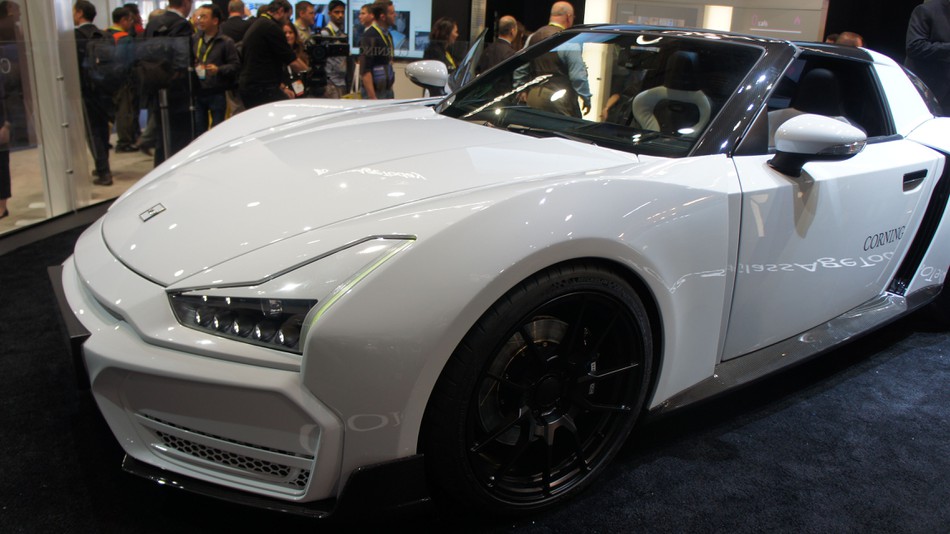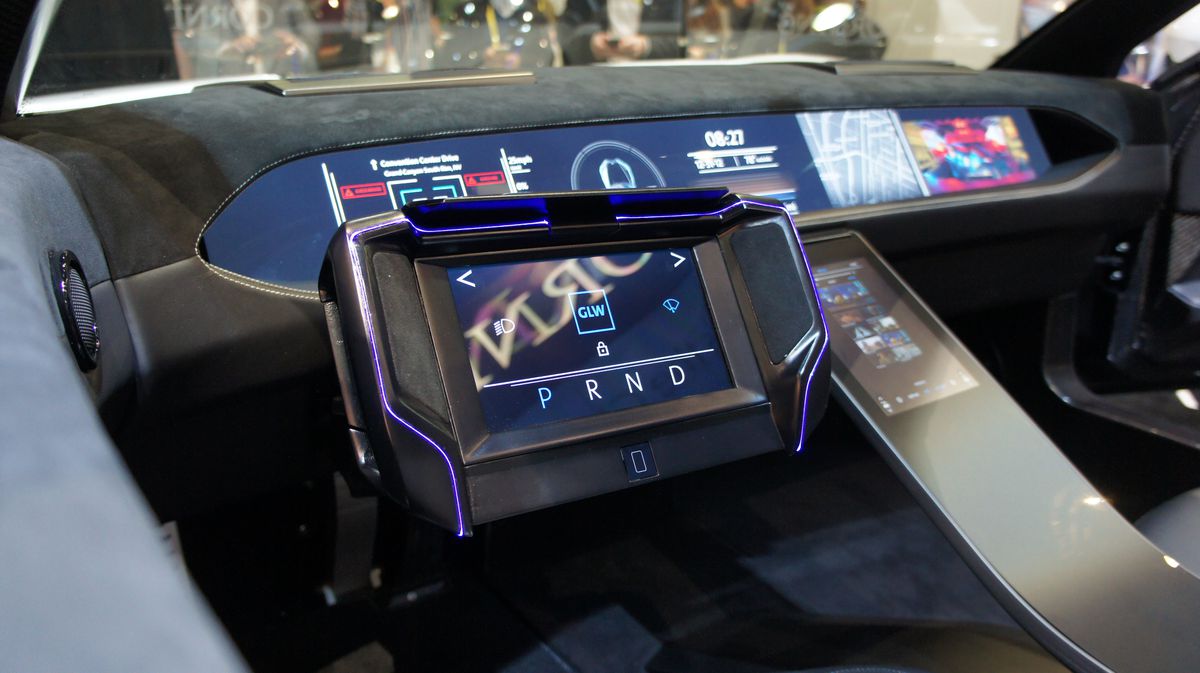Corning, the company that creates and manufactures Gorilla Glass, introduced it to the automotive industry at CES in Las Vegas this year. Similar to the material used in smartphones, Gorilla Glass for vehicles has added ingredients to protect it against the heat, extreme cold, and sun exposure experienced by cars.

To display the potential of this material, Corning built an electric vehicle equipped with a Gorilla Glass windshield, sunroof, rear window, dashboard, touchscreen steering wheel display, and control panel. Because Gorilla Glass Automotive is thinner, lighter, and stronger than standard automotive glass, it allowed Corning to make the windshield demo much thinner. And since the glass throughout the vehicle is lighter and thinner, this could make the car more energy efficient.
“Glass can be to the next 50 years what silicon components have been for the last 50 years,” said Dr. Jeffrey Evenson, Corning's chief strategy officer.

Corning also noted that Gorilla Glass Automotive is twice as resistant to sharp stone impact, meaning that when a large truck in front of you kicks back a rock, it won’t crack your windshield. Additionally, the glass maintained the flexibility found in the smartphone glass, allowing it to cold bend to surfaces like the control panel and side windows. Corning stuck in an opacity layer on the rear and sunroof windows, which turned them from clear to almost opaque.
The company also announced a partnership with glass manufacturer Saint Gobain, and stated that they are ready to create Gorilla Glass Automotive windshields for production cars today. Corning has not yet revealed how much these glass windshields will cost.
Source: Mashable
Advertisement





